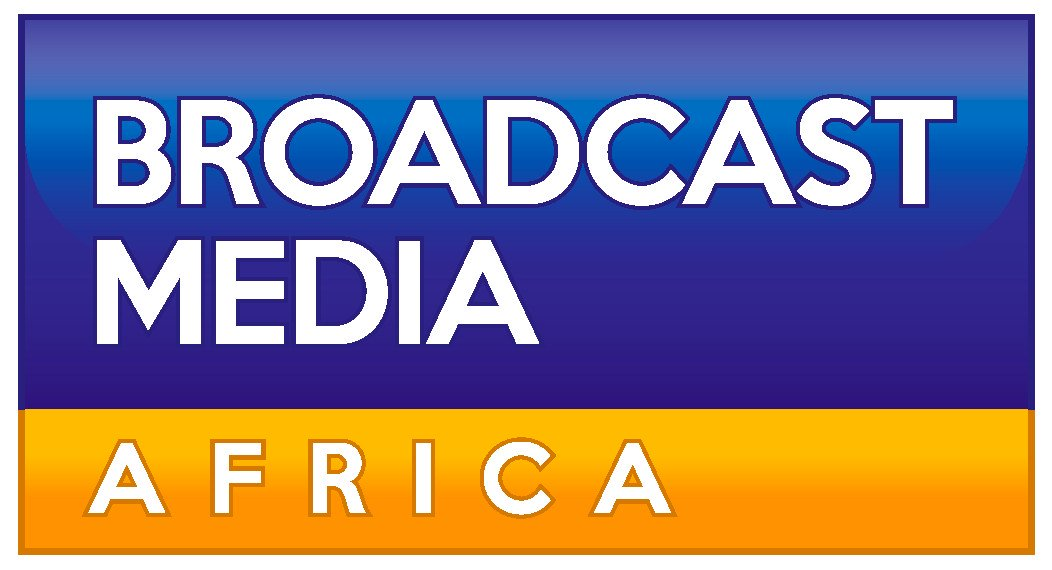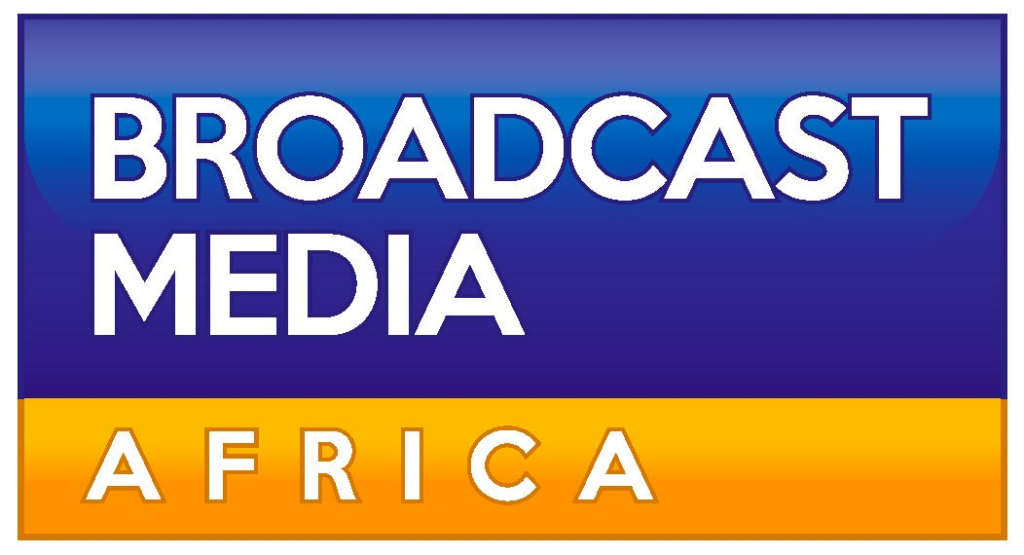
The National Campus and Community Radio Association (NCRA/ANREC) announced findings from a recent national survey indicating that campus and community radio continues to gain traction as a trusted media source.
Conducted by Abacus Data between June 26 and July 2, the survey sampled 1,500 Canadians, revealing that almost one-third (32%) listen to campus or community radio either regularly (10%) or occasionally (22%). This marks a significant rise from the 19% recorded in 2017 and an increase from 26% in 2022. Notably, among Canadians aged 18-29, the combined regular (15%) and occasional (33%) listenership reaches nearly half (48%), highlighting the medium’s particular resonance with younger audiences.
“These figures demonstrate that our sector is increasingly relevant,” stated Barry Rooke, Executive Director of NCRA/ANREC, in a recent press release. “We connect with listeners who often feel overlooked by mainstream media, including newcomers, Indigenous groups, youth, and those who seek local voices and languages.”
Regarding demographics, slightly more men than women tune into community radio, with 12% of men as regular listeners compared to 9% of women, and 23% of men as occasional listeners versus 21% of women. The survey also found that immigrants to Canada are more likely to engage with community radio, with 13% listening regularly and 26% occasionally, compared to 10% and 21% among Canadian-born respondents. Additionally, a higher percentage of listeners identify as visible minorities (45% vs. 29%).
Geographically, provinces such as British Columbia (14%), Saskatchewan/Manitoba (13%), and Ontario (12%) report the highest rates of regular listenership, while Alberta trails at 8%. Economic factors reveal that listeners generally have higher incomes, with 28% of occasional listeners and 15% of regular listeners earning between US$75,000 and US$100,000 annually. Furthermore, 47% of these listeners are union members, and 14% of regular and 26% of occasional listeners hold university degrees.
The study further indicates that regular listeners tend to be actively involved in their communities, with 23% participating in community activities, and they lean slightly towards conservative political views (13% identifying as right, compared to 10% as centrist and 9% as left-leaning).
The Abacus survey highlights that campus and community radio is a preferred source for news, as 18% of regular listeners choose it for world affairs, 20% for local news, and 16% for national news coverage.
In light of these findings, NCRA/ANREC urges lawmakers to acknowledge the sector’s vital role in Canadian media and to support the proposed Community Radio Initiative (CRI) under the Community Radio Fund of Canada (CRFC), advocating for consistent federal backing.
“We’re not just about playing music; we’re about building community resilience, fostering local journalism, and ensuring accessibility to democracy,” Rooke emphasised. “Every dollar invested in this sector represents a commitment to media that mirrors Canada’s diverse landscape.”


















